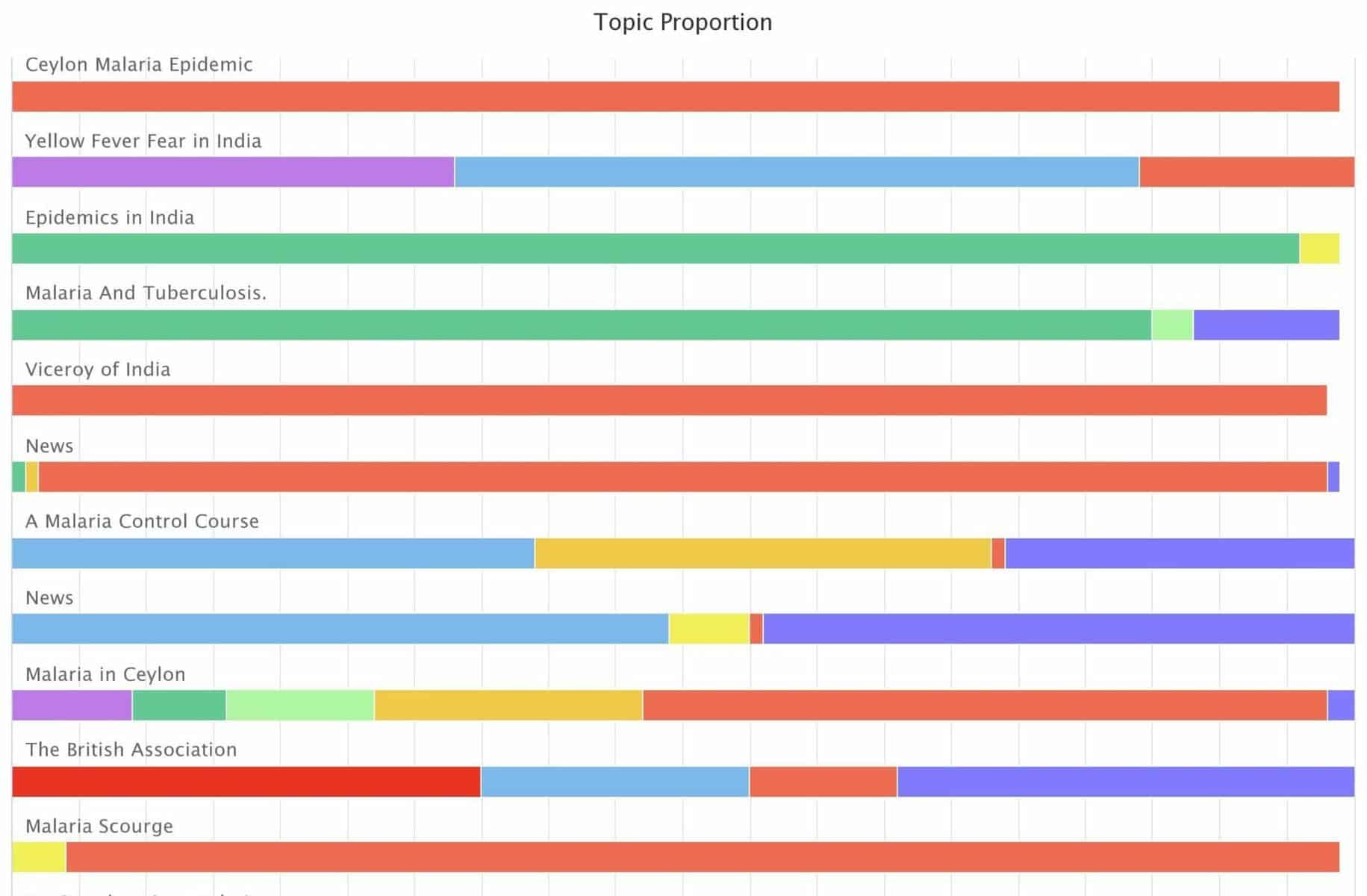│By Ben Wilkinson-Turnbull, Gale Ambassador at the University of Oxford│
As an archival scholar trying to write a PhD thesis in a pandemic, COVID-19 has had a huge impact on my working life. The closure of archives, museums, and libraries during the lockdowns prevented me and many others from accessing essential primary resources needed for doctoral research. And without physical access to exciting objects, manuscripts, and printed items to help bring texts alive, inspiring undergraduate students whilst teaching them over Microsoft Teams became equally difficult. With COVID cases once again climbing, we are far from being free of the pandemic. But how can we try to minimise the impact of the COVID-19 pandemic on higher education and research? And what will the long-term impacts of the pandemic be?










